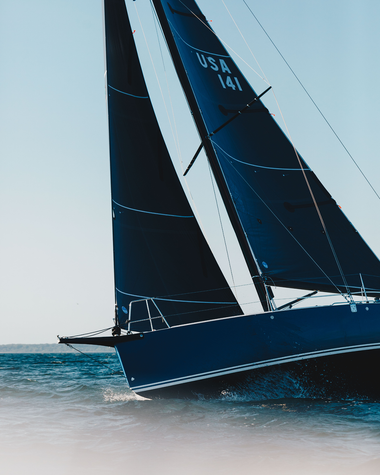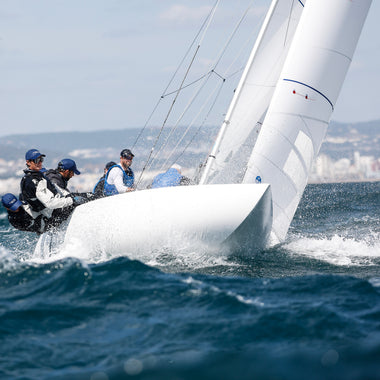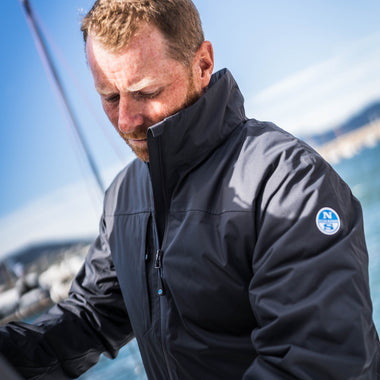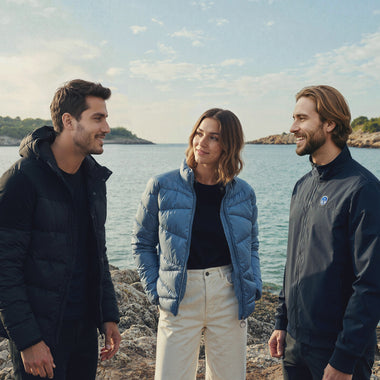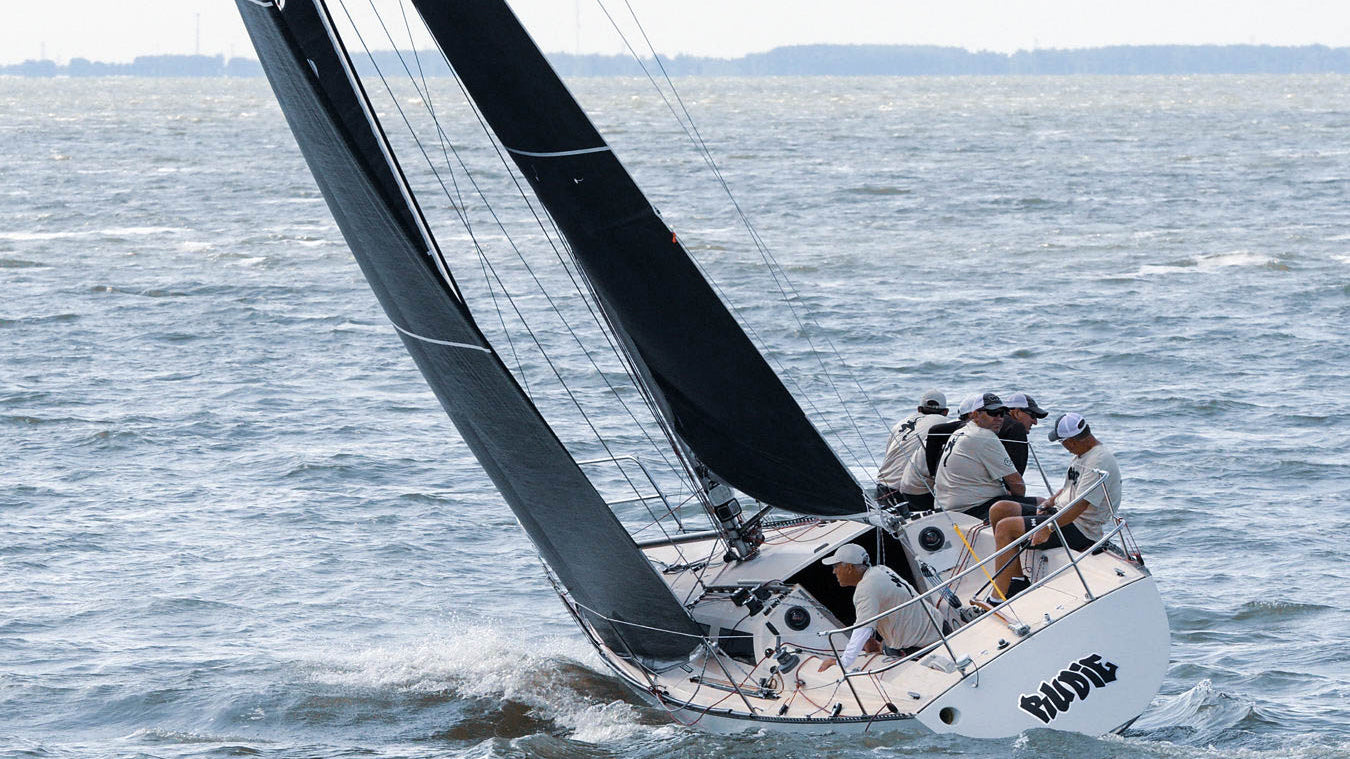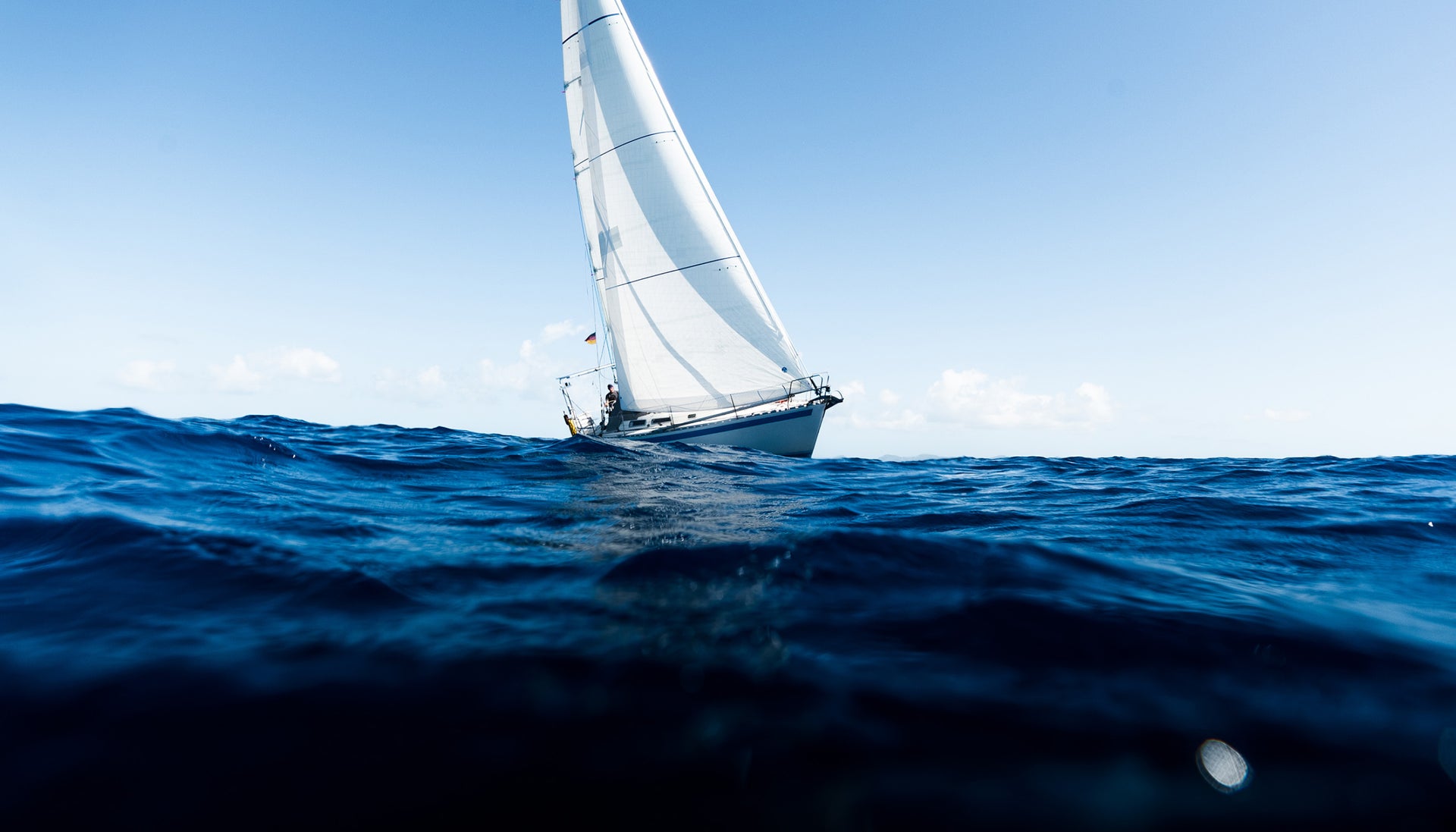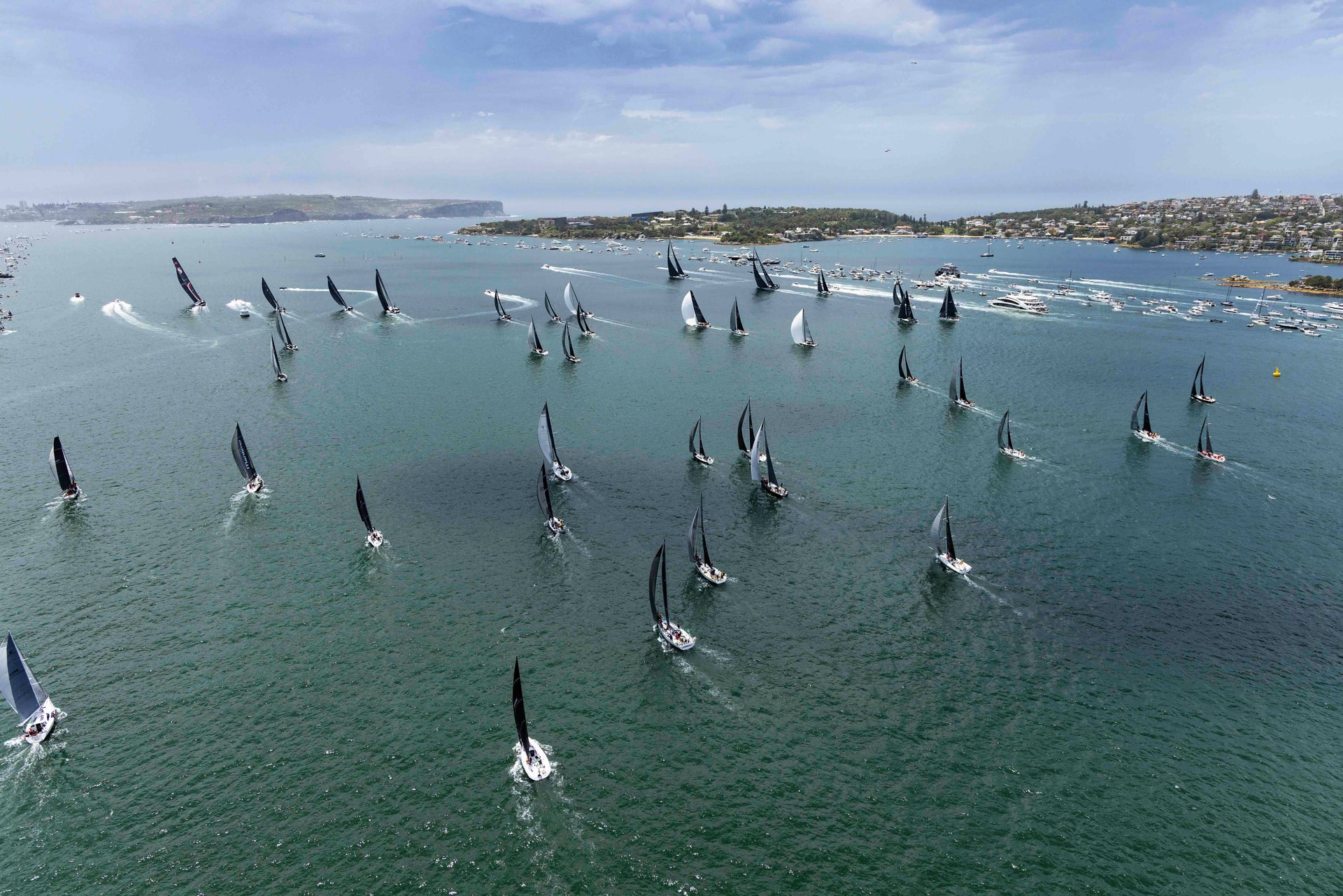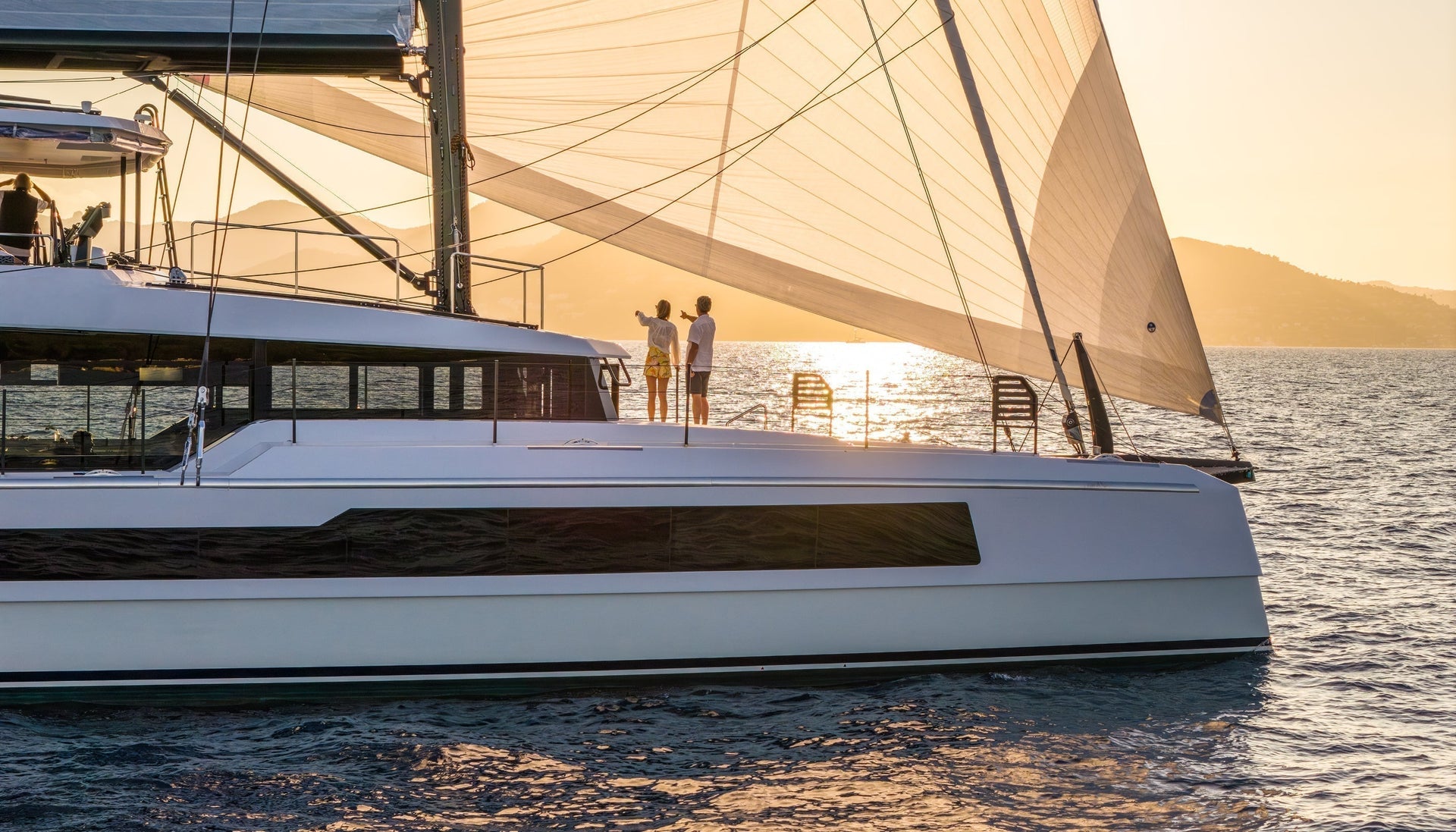A RACE TO VICTORY AT HOBIE 33 NORTH AMERICAN CHAMPIONSHIPS
RACE TO VICTORY AT HOBIE 33 NORTH AMERICAN CHAMPIONSHIPS
North Powered Rudie Takes It Home
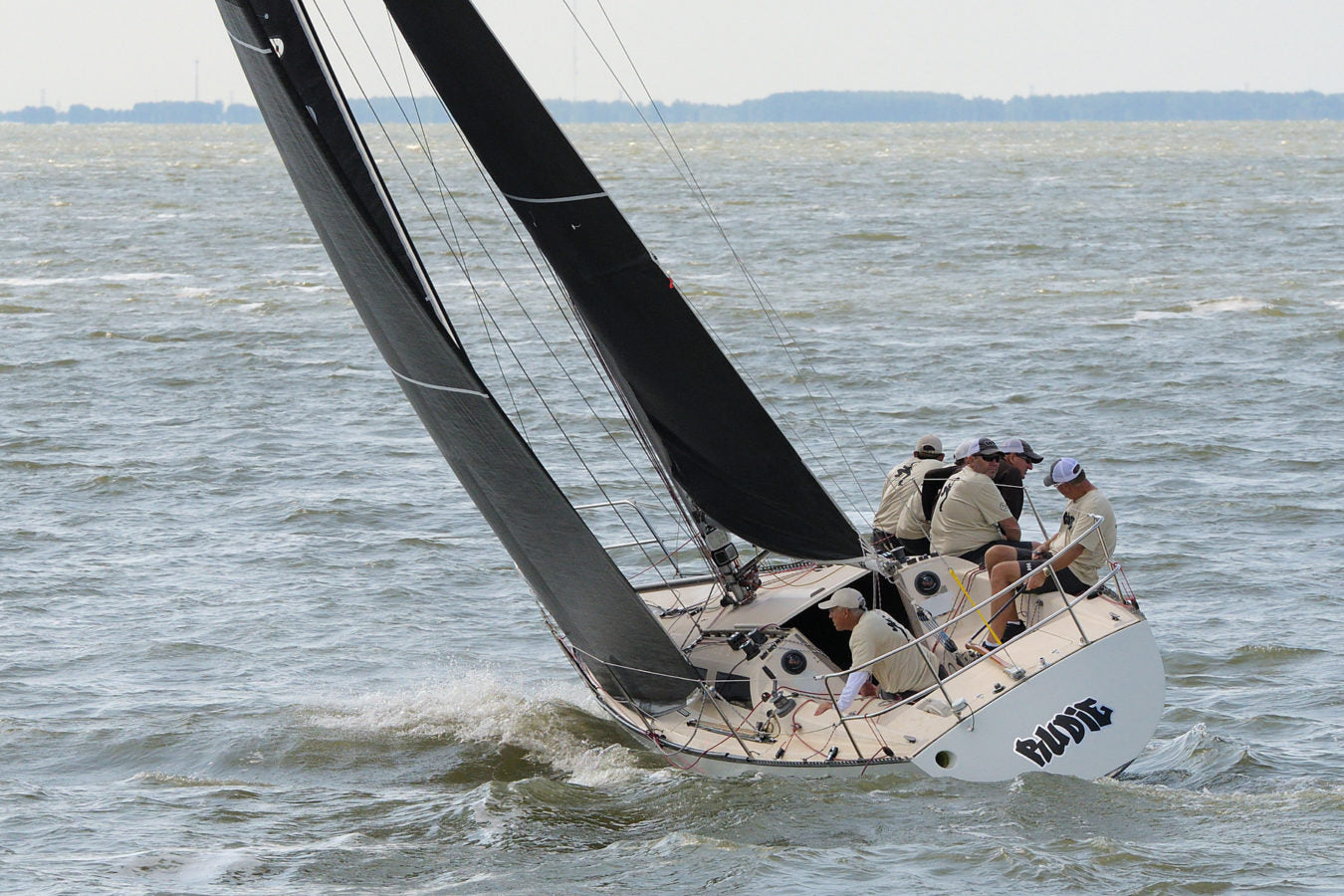 © Doug Haag
© Doug Haag"Straight out of the box, the 3Di sails were fast."Saturday's "medium distance" race was a lot of fun. The wind was, again, in the low teens as we started on a 6 mile run. Finding the puffs was hard in the morning sunlight, but we were able to beat Steve Attard's Viva Las Vegas to the government buoy, R18. Another six-mile fetch to Monroe's G1 buoy was uneventful, but quick. Speeds around 8 knots had us rounding for home well ahead of our projected early afternoon finish. Not much changed until the last mile of the beat home. The wind would shift 35-40* and the breeze would soften. Positions changed as Al Michaud nosed out my Rudie. The Hobie 33s took the top Overall in PHRF against a full field of boats ranging in size from 40' to 25'.
 © Doug Haag
© Doug Haag
Sunday was overcast and brisk with breeze 8-12 out of the North, going East. Boatspeed was key. Our rehabbed speedster did not let us down. Fresh from the shop with new bulkheads and fresh North Sails 3Di 360 sails, the boat was dialed in. Strong tactical calls from Ernie Dieball and flawless crew work made this a day to remember for Rudie. Four races, four bullets.
For the Hobie 33 class, as with other vintage OD keelboat classes, we struggled with attendance as the commitment to travel and time seemed to be the biggest obstacles. Midwinters were announced at the prize giving for February in conjunction with the St. Pete NOOD event. Make your plans now!
I was asked often over the weekend what I thought of the sails and how we set the boat up. Straight out of the box, the 3Di sails were fast. With years of Hobie 33 design knowledge both within my office and with the design team at North, we zeroed in on a nice L/M genoa design that would go through the range of adjustment in the rig. We didn't have that much variability in the breeze, so we only stepped up one time on the rig. Most adjustments were via backstay. We were pretty constant on it and the headsail reacted to the tighter forestay perfectly. Matching the mast set up with that forestay tensioning was easy because the mainsail had perfect luff curve for a base setting, which yields about 2" of pre-bend.
I thought I learned the most in the downwind legs. The boat fools you into wanting to sail it deep, but you can fall off the speed pretty quick as the pressure decreases, so you need to be pretty quick to heat up to maintain good speed. If you got caught too soft and too low for too long, you would lose boat lengths.
For more info on H33 sails or set up, feel free to call or send an email.

